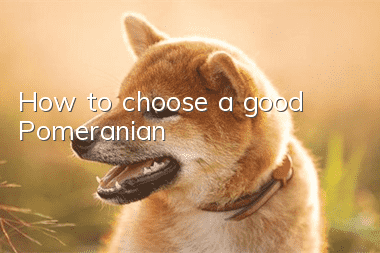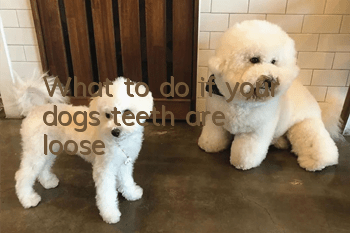How to choose a good Pomeranian

The Pomeranian, whose scientific name is Hadori Pomeranian, originates from Germany. Its very mini and cute appearance attracts the love of a large number of pet friends, just like a little fox. Friends who like it have a variety of colors to choose from.
First, we must choose offspring from excellent breeds, strong physiques, and beautiful bodies. Then take a look at the growth status of the little Pomeranian, whether it is lively, cute, smart, strong, has a good appetite, and has a shiny coat, etc. Do not choose the smallest Pomeranian in the litter (that is, the weak Pomeranian) because it has a weak constitution, slow growth, is prone to illness, and is difficult to feed.
Second, check whether the Pomeranian is healthy. The signs of a healthy Pomeranian are:
1. Eyes are bright, no tears, no secretions, and no inflammation;
2. The ears are clean and erect, with little or no earwax and no other foreign matter;
3. The area around the mouth should be clean and dry, free of saliva and food, and the teeth should be solid, pink, and free of ulcers;
4. The coat is smooth, the skin is soft, there are no bald spots or lumps, and the skin is not red;
5. The anus and external genitalia should be clean and free of secretions, and there should be no fecal dirt on the nearby coat;
6. The body muscles are solid and developed, and there is no rash. Do not choose a Pomeranian with a runny nose and tears.
When a healthy Pomeranian is in a quiet state, it will respond sensitively to the owner's call or other sounds. After hearing the sound, its ears will swing back and forth. Sick Pomeranians or deaf Pomeranians do not respond to sounds. When you select a small Pomeranian, you should try to call it to see if the Pomeranian reacts. If your Pomeranian is easily frightened or grinning, you should carefully observe whether it is unwell, afraid of its new owner or unable to adapt to the new environment.
Third, we must learn to identify the age of Pomeranian dogs. Under normal circumstances, Pomeranian dogs begin to grow their deciduous teeth in the 2nd to 3rd week after birth, and in 2 to 3 months, all the deciduous teeth will grow in, and teeth will begin to change. By 6 months, all the permanent front teeth will grow in. After 1 year, the lower incisors begin to wear, after 5 years the canine teeth begin to wear, after 7 years the lower incisors grind into a round shape, and after 10 years or more, the upper collar incisors wear into a round shape. The age of a Pomeranian can also be roughly identified based on the growth and color changes of the hair. Six months after the Pomeranian is born, new hair will grow to indicate adulthood; after six or seven years, it will enter middle age, when white beards will grow on its mouth; in old age, white hair will grow on its head and back.
Owners should understand that scientific purchasing methods are also very important when purchasing purebred Pomeranian puppies. Since owners want to choose a very healthy Pomeranian, they must choose according to this method. As long as the above conditions are met, owners can be guaranteed to choose a healthy Pomeranian.
- Which police dog is more powerful? A dog suitable for being a police dog!
- What should you pay attention to when training a red-maned dragon lizard? A must-read for beginners!
- How to train Caucasian dogs to stand
- What should I do if my dog doesn’t take medicine? How can I make my dog take medicine obediently?
- How to train a dog to follow? Train your companion the way the Dog Whisperer does!
- Can Teddy eat watermelon seeds?
- How to train puppies to go to the toilet at designated places
- Do you know the origin of the Dogo?
- The difference between Greyhound and Greyhound_How much does a Greyhound cost and what is its IQ?
- What to do if your dog refuses to take medicine



